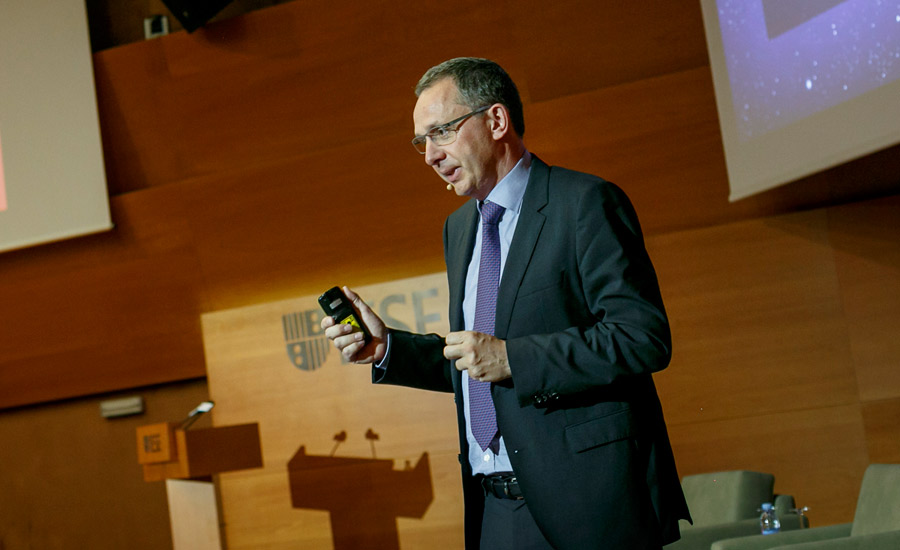
Last November, Hewlett-Packard carried out a major organizational restructuring – one which left the 77-year old company divided.
The American technology giant, one of the biggest in the Fortune 500 list, split into two completely separate and independent companies: HP Inc. and Hewlett Packard Enterprise.
The former is focused on PC business, printers and devices for both professional and home clients. The latter provides services such as servers, storage and networking to businesses. Each has a turnover of 50 billion euros and annual profits of around 4 billion.
“It was one of the most complex corporate splits to date. We were a company with 200.000 clients and partners, more than 300.000 employees in 170 countries,” explained Enrique Lores, president of imaging printing and solutions of HP Inc.
Speaking to MBAs at IESE, Barcelona this month, Lores is the man responsible for the division process of the legendary Silicon Valley company.
Are Two Better Than One?
Lores says that the split into two different business models – with distinct competitors – is designed to “regain the startup spirit;” a spirit that can be traced to the company’s roots, which go back to a garage in Palo Alto in 1939.
“It was our opportunity to create a new company to last over time. And – at the same time – create value for our shareholders.”
“Now we’re much smaller – and agile. And this means we can change our destiny,” says Lores.
HP had taken some relatively risky decisions in recent years that had taken them off track, he says.
One of these was buying Compaq – a mega fusion that came just as mobiles started to corner the PC market and laptop sales were going through certain challenges.
“We had to reinvent ourselves. It’s easier to address the needs of smaller clients when you’re at the same level,” says Lores.
“We wanted the heart of a startup with the muscles and brains of one of the leading technology companies in the world.”
From Printing Documents to Printing Emotions
One of the short to mid-term objectives of HP Inc. is to reconnect with millennials – a generation born into the technological age – but without the habit of printing. How? By making it possible to do so directly from their mobiles.
“We wanted to put the focus on the emotional experience of printing – not in the impression itself,” says Lores. “It’s about redefining what it means to print and give emotion to the printing.”
“The new generation looks for instant gratification and want to have the printed product in the moment – not when they get home. That’s why we’re exploring new formulas for printing on surfaces other than paper – like skin, or a wall.”
HP have also launched Instant Ink – an online program that aims to combat the two main complaints from users during the hour of printing at home: the price of ink and faulty ink cartons.
With Instant Ink, the user simply registers and for a small monthly fee, HP replaces the ink in their home whenever they need it. Lores shared that this service has grown more since its launch than Netflix or any other online service.
Profitable 3D
The business of 3D printing also presents opportunities for the technology giant. And this fall it plans to launch its first 3D printer. This, says Lores, will be “the fastest, the most precise and cheapest on the market.”
3D printing has revolutionized the manufacture of objects and allows for almost any object to be designed or printed in three dimensions from home. And it poses an economically attractive investment for the household.
With the drop in price of these printers, it will turn into a product of mass consumption – which will revolutionize the printing industry. “This will be the area of HP’s business with most growth in the coming 10-15 years,” says Lores.